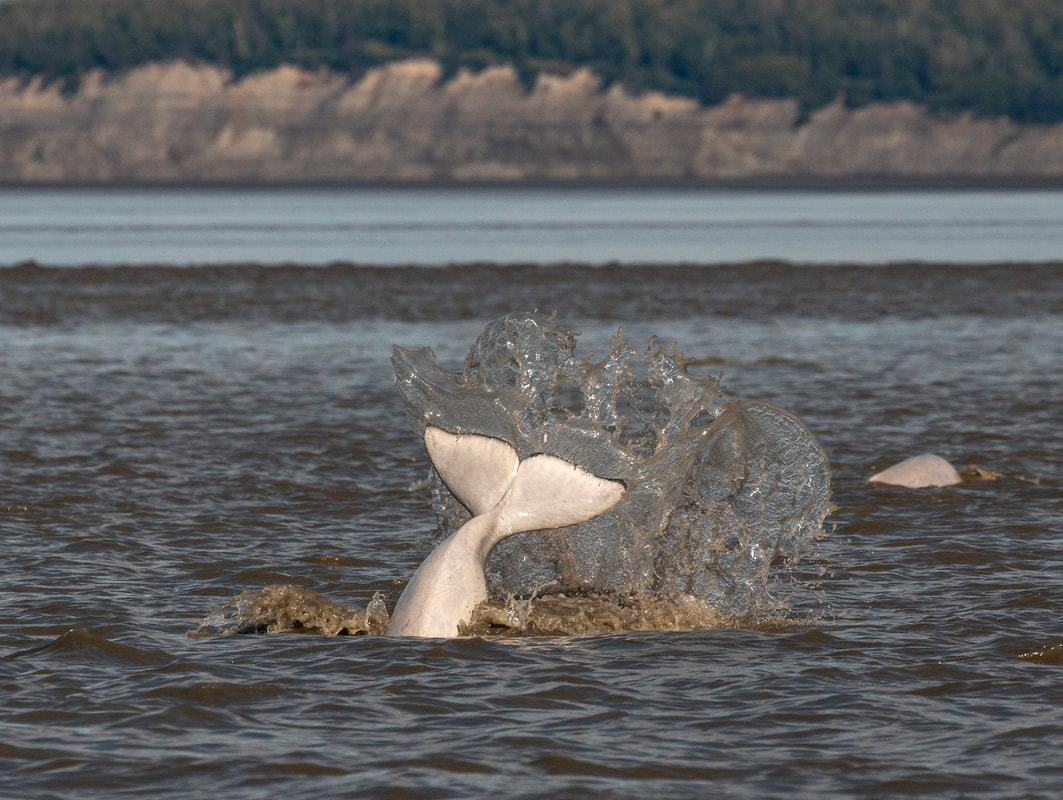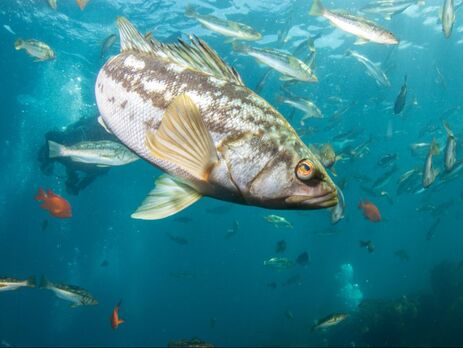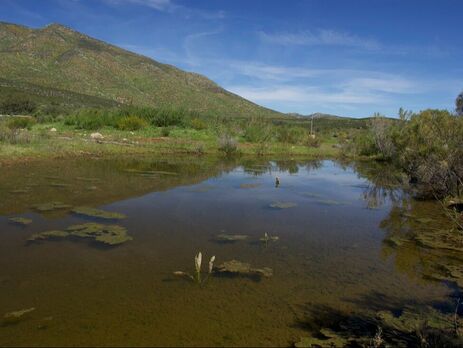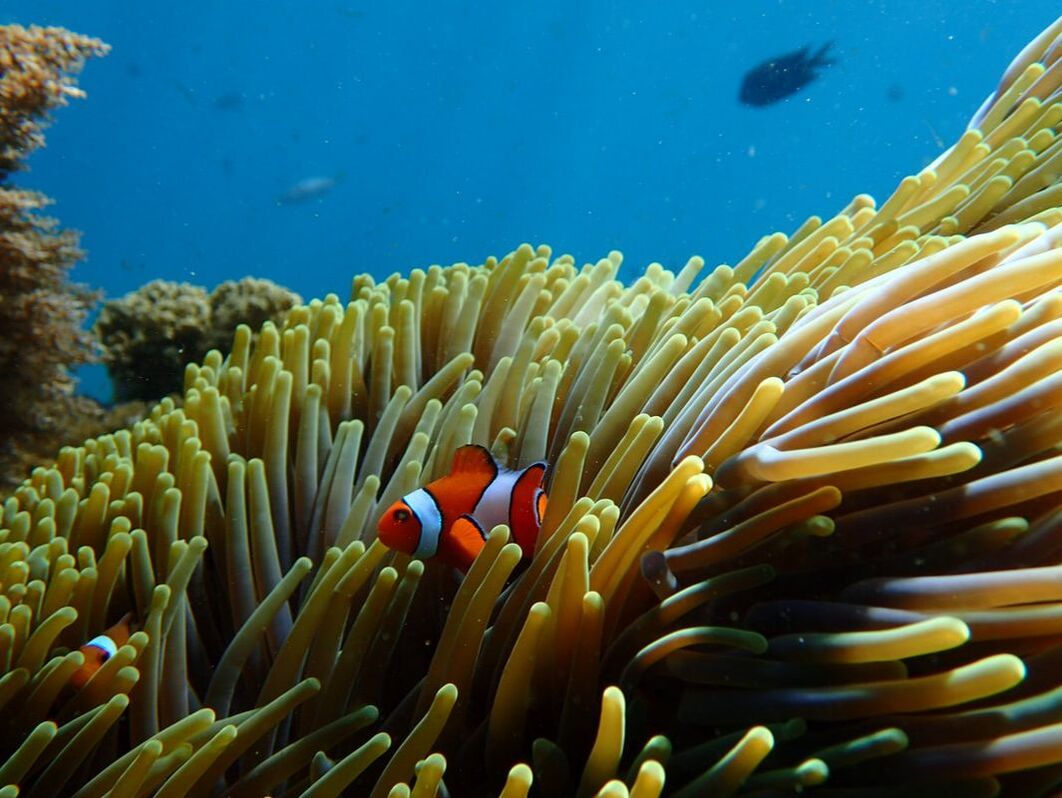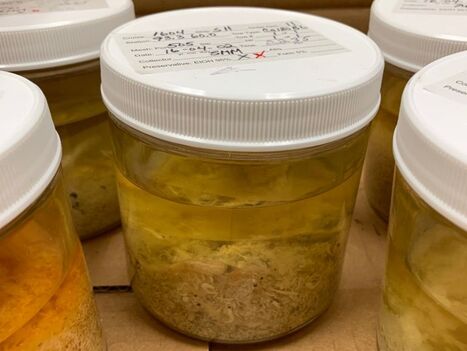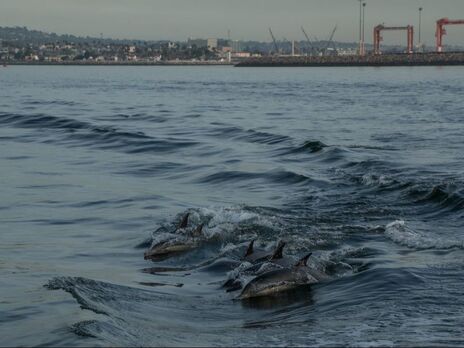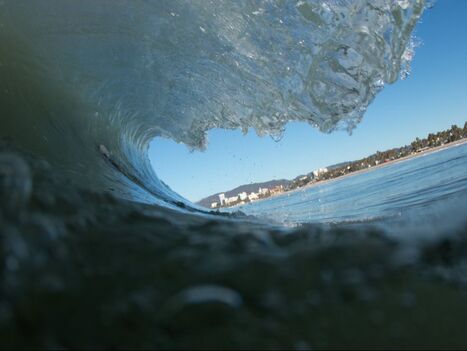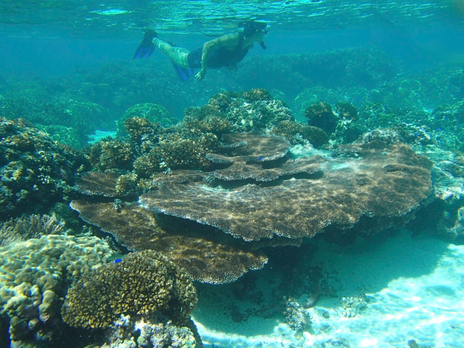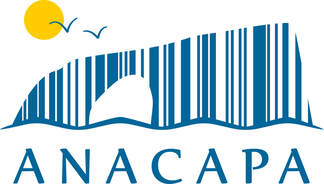Observing Marine Ecosystems Through eDNA
Environmental DNA or eDNA is a powerful conservation genetics tool for monitoring ecosystems. Just like we shed skin and hair in the shower, organisms shed their DNA into the environment. We can capture and sequence this DNA by collecting water, soil, or air and reconstruct the species living there. My research goals are to develop and implement rapid, reliable, and repeatable eDNA methods to to provide both scientists, resource managers, and policymakers better tools to assess marine biodiversity and the impacts of human stressors on marine ecosystems. All of my research projects have a strong conservation focus whether it is to survey endangered and threatened species, monitor or marine protected areas, or characterize zooplankton assemblage responses to warming, ocean acidification, and hypoxia. eDNA has the potential to transform the way that marine ecosystems are monitored, giving resource managers the ability to monitor biodiversity, in a simple, cost effective manner.

 https://orcid.org/0000-0003-0490-7630
https://orcid.org/0000-0003-0490-7630